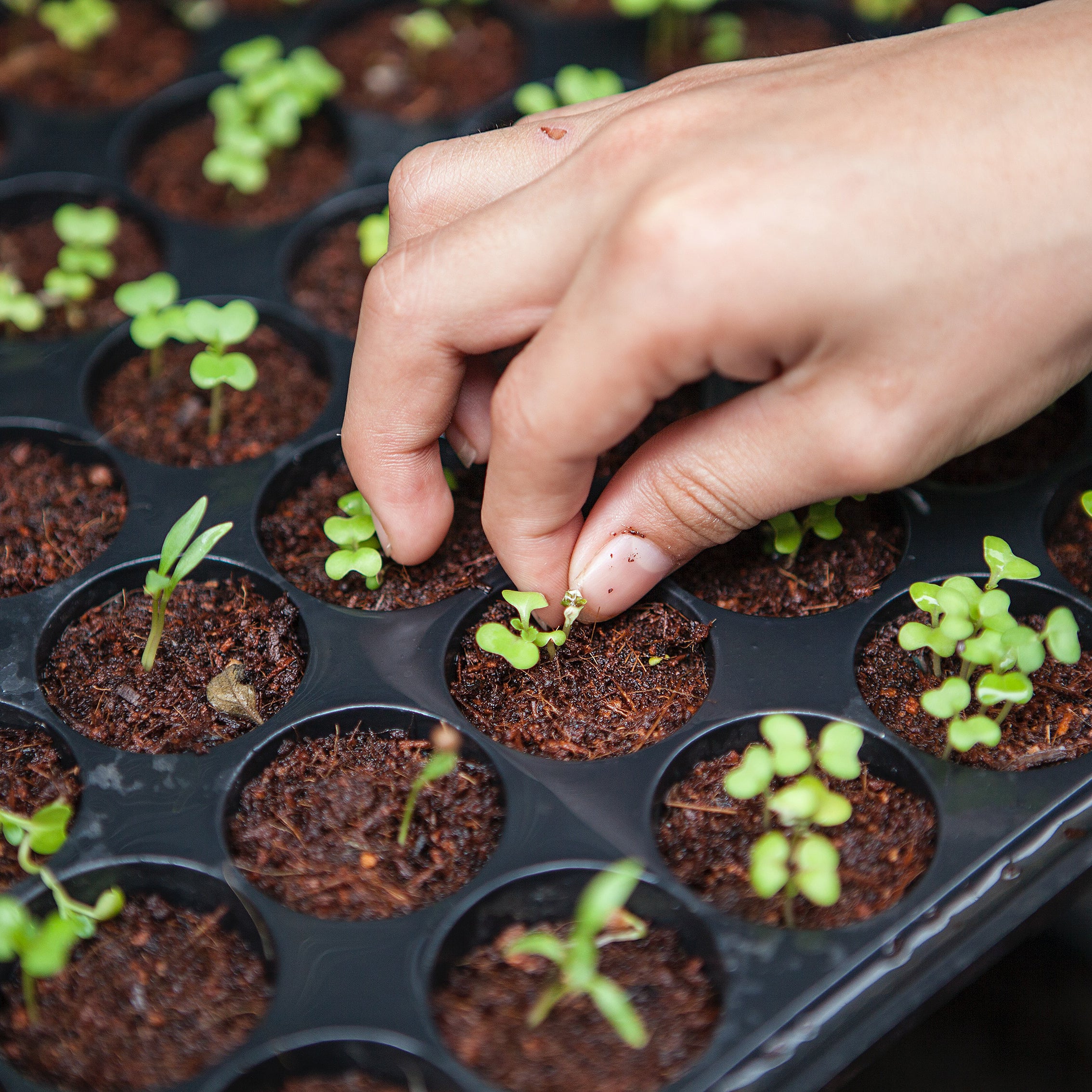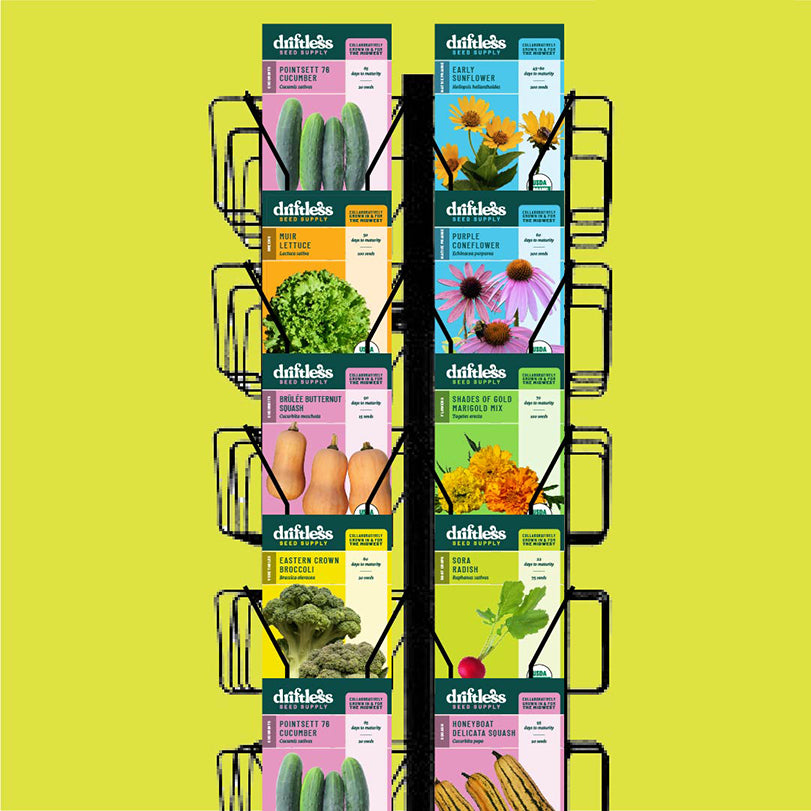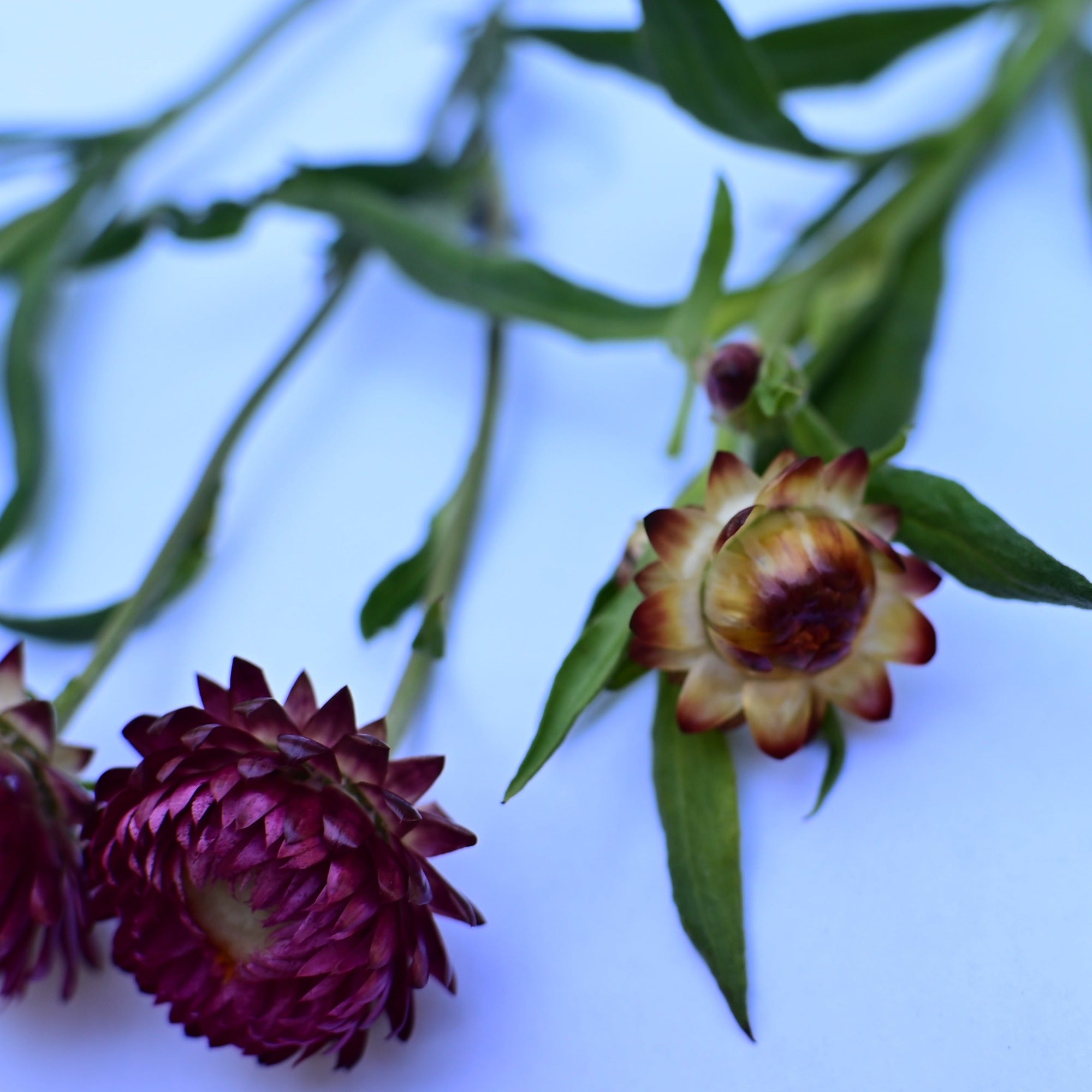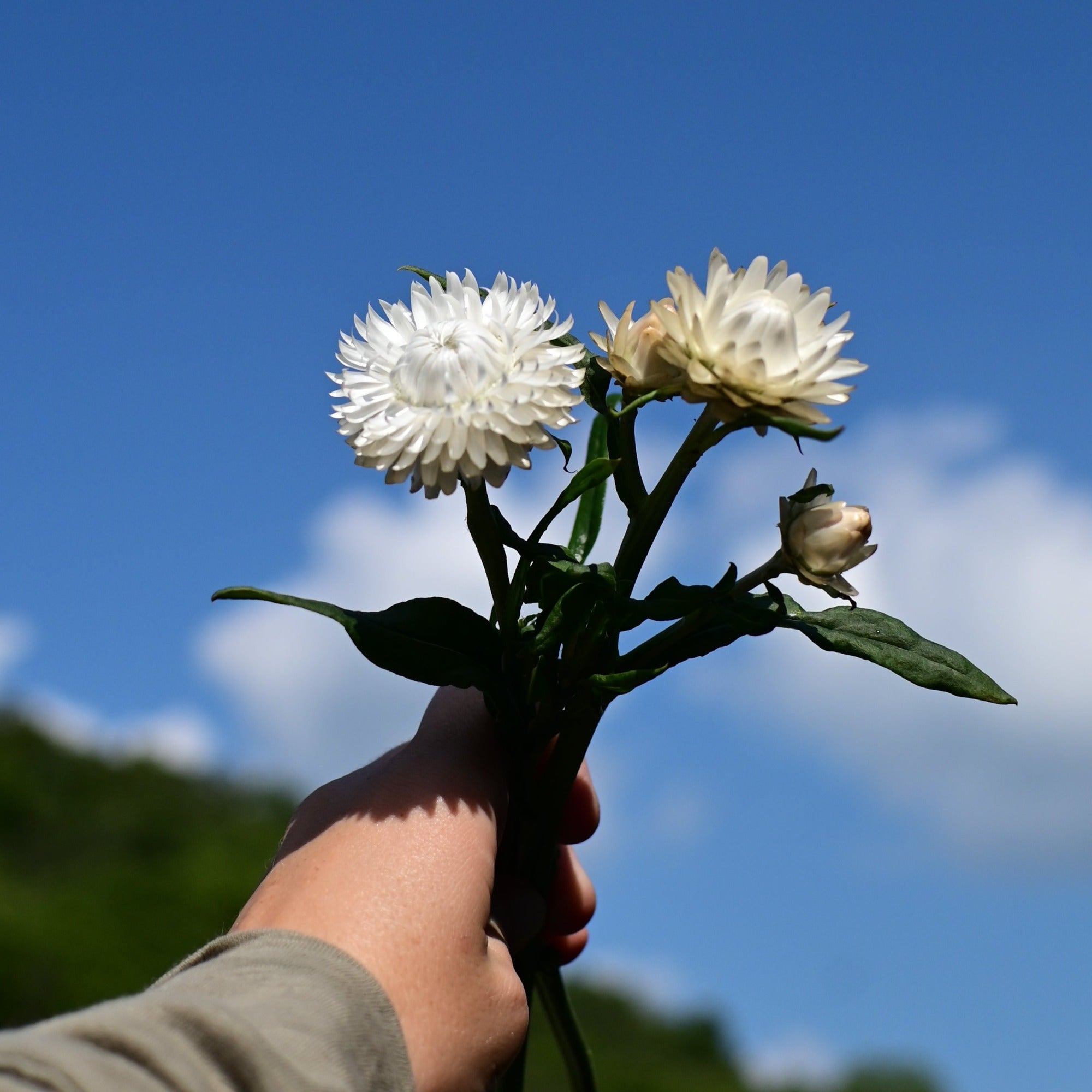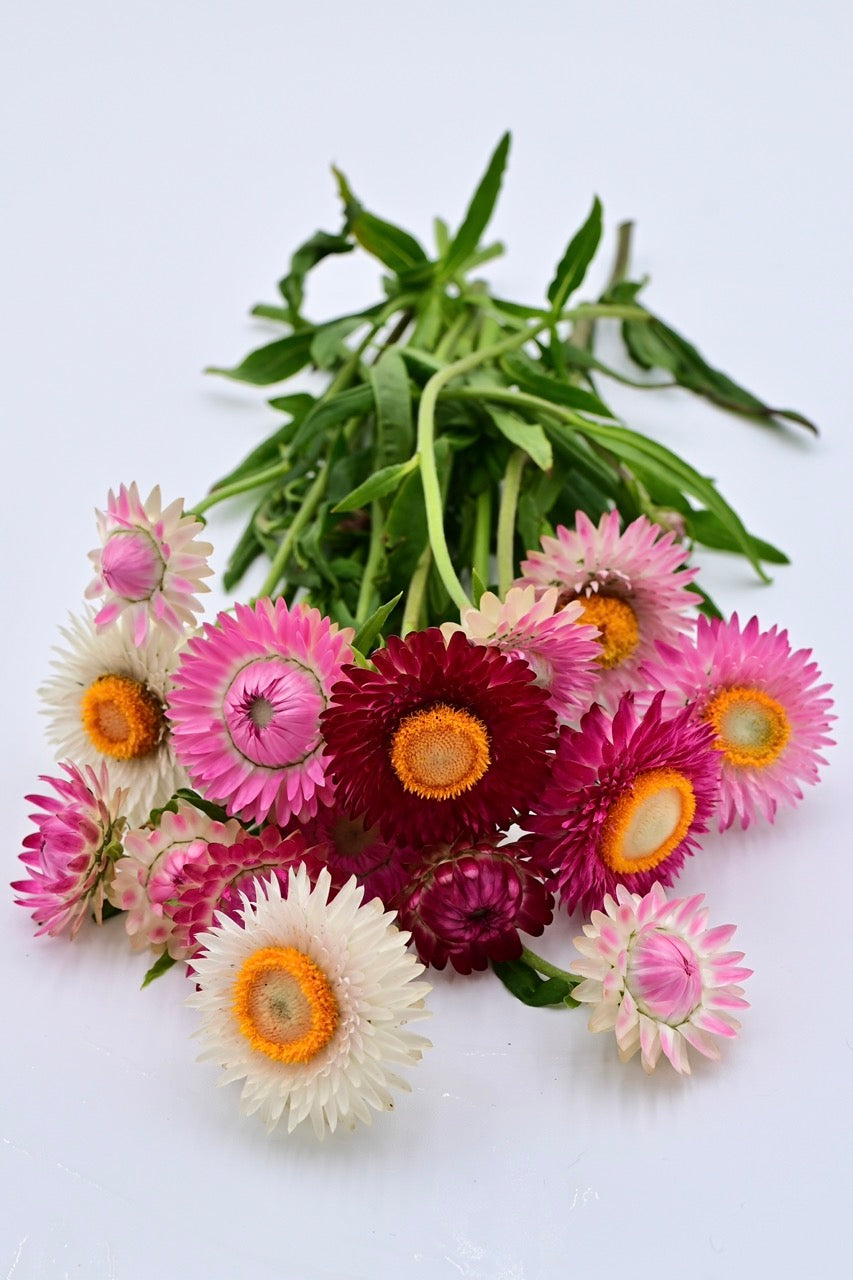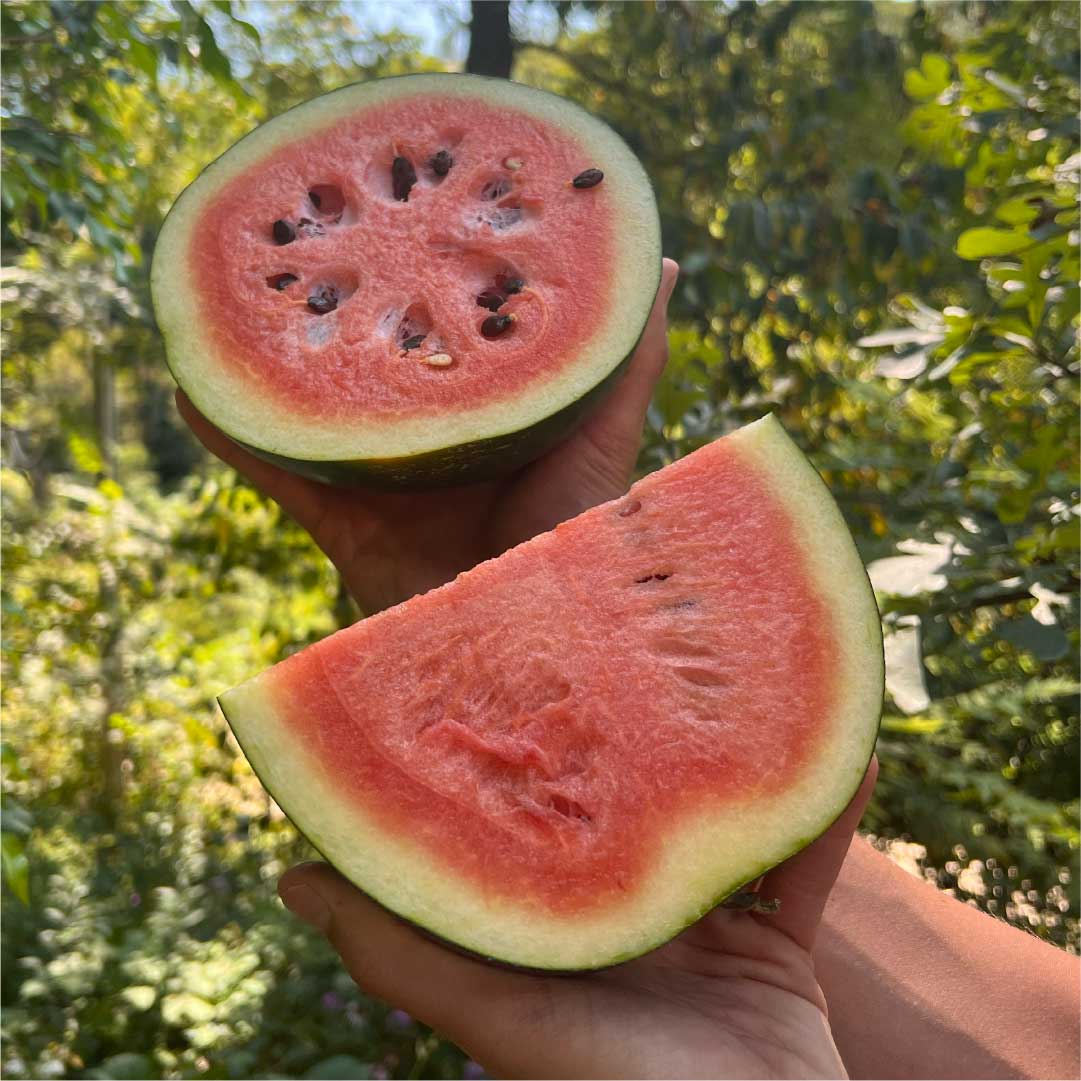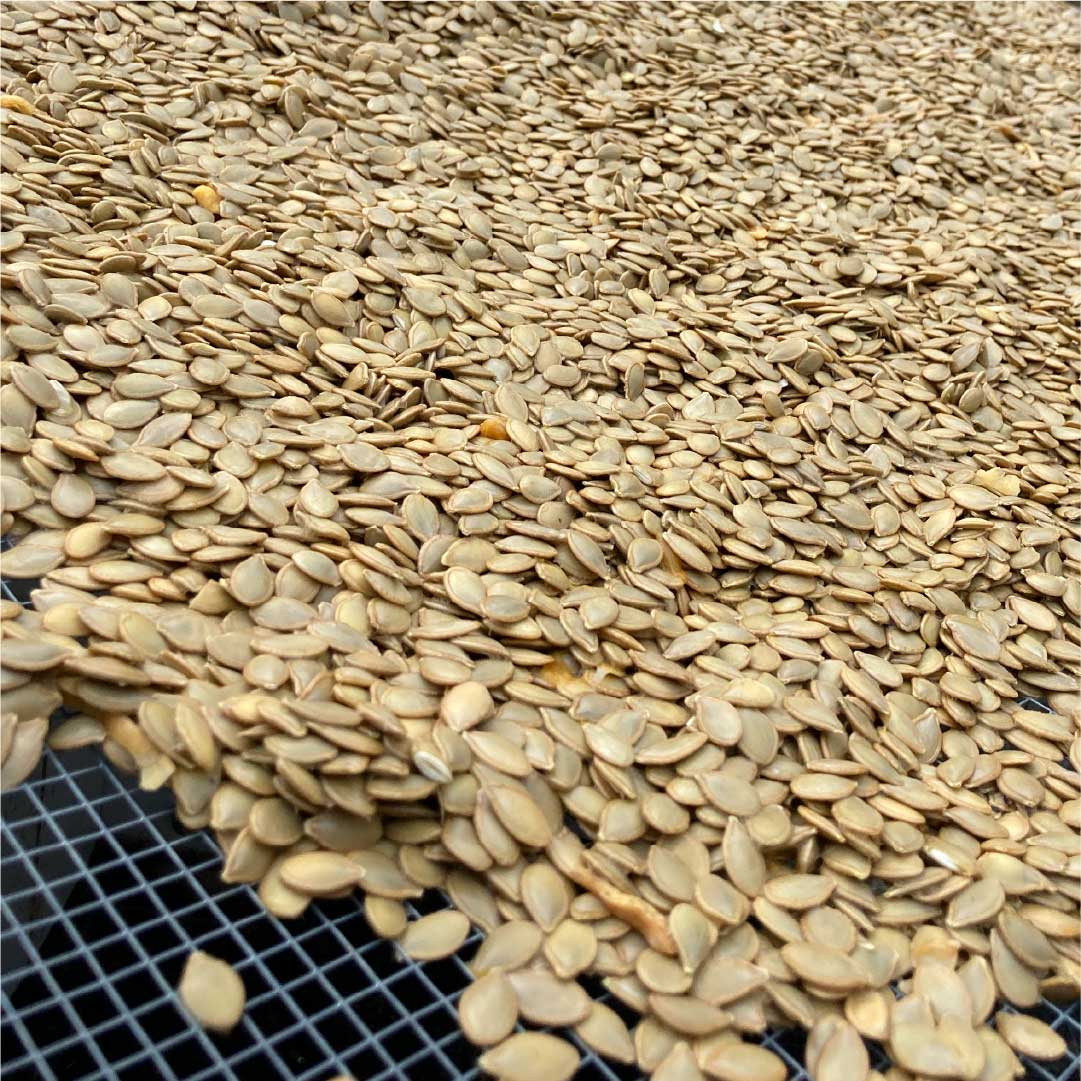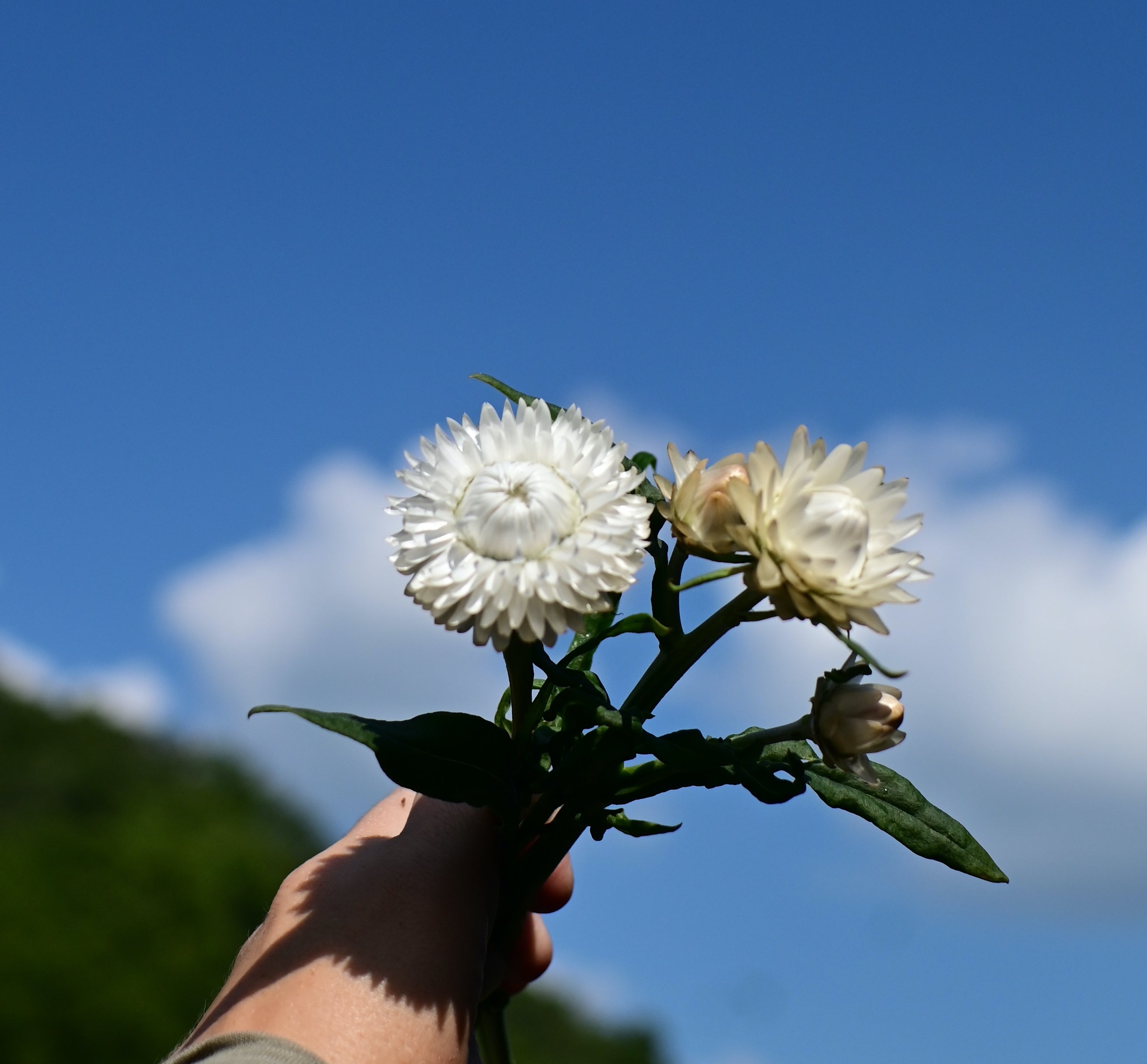
Driftless Seed Supply Grower Resources
Strawflower Growing Resources
Introduction
Strawflower, known scientifically as Xerochrysum bracteatum, is renowned for its vivid, papery blooms that retain their color and shape when dried, making them ideal for dried floral arrangements.
Site Selection and Soil Preparation
- Sun Exposure: Full sun is essential for vibrant blooms.
- Soil Type: Prefers well-drained soil.
- Soil pH: Optimal pH range is 6.0 to 7.0.
Planting
- Timing: Plant after the last frost date in spring. They are hardy to frosts once established, however.
- Spacing: Space plants 12-18 inches apart to allow for adequate air circulation.
- Depth: Sow seeds no more than 1/8 inch deep, preferably just tamping into soil surface; or transplant seedlings for more reliable establishment.
Irrigation
- Watering Needs: Regular watering, allowing soil to dry out slightly between waterings.
- Method: Water at the base to avoid wetting the blooms.
Fertilization
- Initial Fertilizer: Apply a balanced fertilizer at planting. Avoid excess Nitrogen, which will cause too much foliage growth at the expense of blooms.
- Ongoing Nutrition: Light feeding throughout the growing season can promote healthy growth.
Pest and Disease Management
- Pests: Monitor for common pests such as aphids, which may be a sign of too much nitrogen.
- Diseases: Good air circulation and proper spacing help prevent fungal diseases.
Harvesting for Dried Arrangements
- Timing: Harvest when the blooms are just opening but before they are fully open, when only a couple layers of petals have opened.
- Method: Cut the stems at the desired length, preferably in the morning.
Drying Instructions
- Drying Method: Hang the stems upside down in a warm, dry, and dark place with good air circulation.
- Duration: It takes about 2-4 weeks for the flowers to dry completely.
- Storage: Once dried, store in a dry, dark place to preserve color and shape.
Additional Tips
- Deadheading: Remove spent blooms to encourage continuous flowering.
- Staking: Tall varieties may require staking to support growth.
Uses in Arrangements
- Versatility: The dried flowers can be used in wreaths, bouquets, and other decorative arrangements.
- Longevity: Dried strawflowers maintain their color and shape for extended periods, making them a popular choice for crafts and decorations.
Find Your Favorites
Sultane Mix Strawflowers - Organic
Sale priceFrom $4.26 USD
Antique White Strawflower - Organic
Sale priceFrom $4.26 USD
Silvery Rose Strawflower Mix - Organic
Sale priceFrom $4.26 USD

